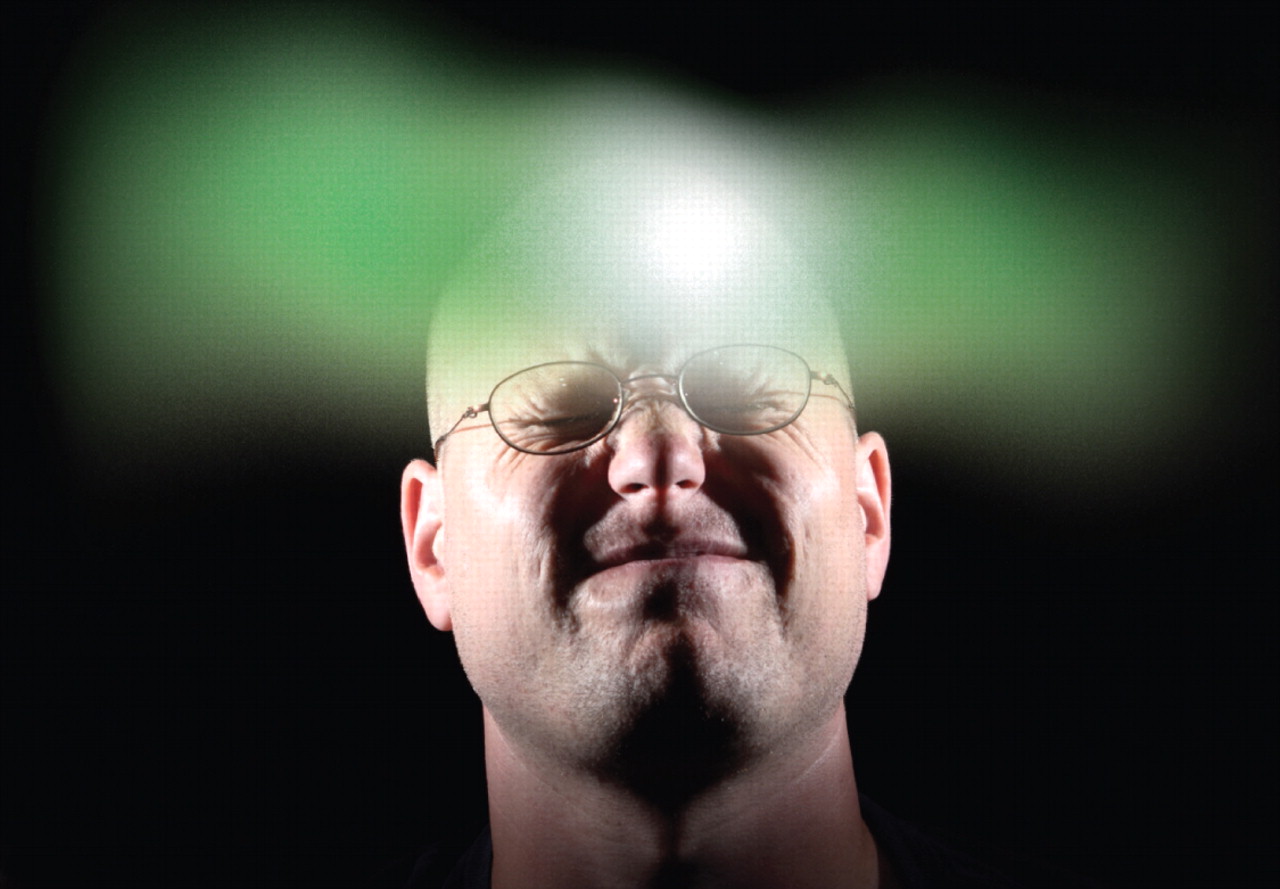Although migraine is generally considered a disease with transient, self-limiting attacks, recent research suggests that migraine with aura may be associated with long-lasting vascular changes in the brains of women.
In a recent study published in the June 24 Journal of the American Medical Association, Ann Scher, Ph.D., and colleagues found that adults who had suffered migraine with aura had significantly increased risk for having infarct-like lesions, located in the cerebellum, than people who had no migraine. These lesions were detected in brain magnetic resonance imaging (MRI) more than two decades after migraine symptoms were reported, suggesting long-term vascular consequences that may be tied to this type of migraine.
Approximately 1 in 3 migraine sufferers has sensory, mostly visual, disturbances known as aura preceding the headache. Patients may see flashes of light or zigzag lines or have other sensory symptoms (see
Tonabersat Suppresses Aura but not Migraine Pain).
In this longitudinal study, 4,689 Iceland residents aged 33 to 65 first participated in a population study and were questioned about frequency of headaches and symptoms. More than 26 years later, the participants underwent follow-up brain MRI examinations.
At the follow-up, women who originally reported having migraine with aura once or more a month had a significantly higher risk of having lesions in the cerebellum that appeared to be ischemic infarcts. This association remained significant after controlling for age, sex, years to follow-up, and cardiovascular risks.
The authors found no significant association between lesions in other regions of the brain and migraine, nor did they associate the risk of brain lesions with a history of nonmigraine headache or migraine without aura.
“The study findings suggest that migraine with aura indicates a greater risk for cerebellar infarcts,” Launer, Ph.D., the senior author of the study, told Psychiatric News. “We had seen this interesting link for the first time in a previous study in the Netherlands.”
That study, known as the Cerebral Abnormalities in Migraine, an Epidemiological Risk Analysis (CAMERA) and published in the January 28, 2004, Journal of the American Medical Association, was a cross-sectional study. It found a significant link between migraine with aura and concurrent infarcts in certain regions in the brain, particularly in the cerebellum. The Iceland study was different in that the participants were prospectively followed for more than two and a half decades.
Launer is a senior investigator and the chief of the Neuroepidemiology Section at the National Institute on Aging's Laboratory of Epidemiology, Demography, and Biometry.
“It is not clear why the lesions are in the cerebellum, nor is it clear why the association is only significant in women,” said Launer. She pointed out that migraine is much more common in women than in men, which signals some sex difference in the pathophysiology. “There is not enough basic research yet to understand the migraine process.”
The causes of migraine are not well understood, but the mechanism of aura is believed to be a result of a neurological process called cortical spreading depression, in which a wave of neurological excitation followed by inhibition spreads through the cortex. The process is accompanied by fluctuation in the blood flow in the brain.
The current study findings do not yet provide an immediate clinical application, she cautioned. The infarct-like lesions in the cerebellum are“ silent,” meaning that they did not cause obvious clinical symptoms in the study participants.
“These subjects were not ill. We don't know yet whether the infarcts have any subclinical effect on their motor function,” Launer noted.“ We're measuring them to see if there are subtle influences on their functioning.”
Further investigation into these questions will help scientists better understand how migraine affects the brain and what, if any, residual effects migraine attacks can have over the long term.
“We are facing a paradigm shift. Migraine is not only an episodic disease with transient effect,” said Launer. “It may have long-term effects.”
An abstract of “Migraine Headache in Middle Age and Late-Life Brain Infarcts” is posted at<jama.ama-assn.org/cgi/content/abstract/301/24/2563>.“ Migraine as a Risk Factor for Subclinical Brain Lesions” is posted at<jama.ama-assn.org/cgi/content/full/291/4/427>.▪

